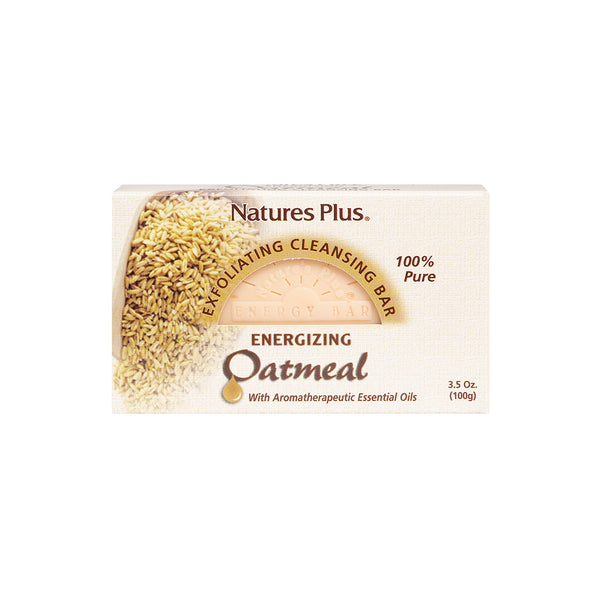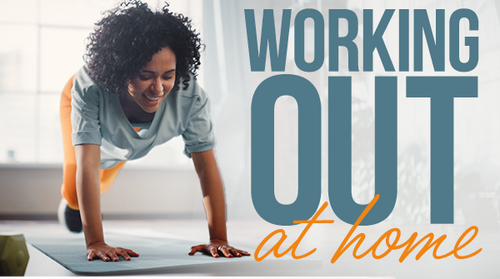Wish you could do yoga more often but haven't got the time in your already jam-packed schedule for a yoga class? No problem: You can start a yoga practice at home.
While many people enjoy the group environment of a yoga class, once you get the hang of a home routine you'll come to love the fact that practicing yoga at home saves enormous amounts of time, energy, and money.
Starting a Home Practice
Let's start by saying that you don't need to have a certain level of fitness or be extremely flexible to give yoga a try. Sure, you may search for #yoga on social media and find thousands of photos of yogis in complex, awe-inspiring poses, but those people didn't start there.
You also don't need any expensive yoga clothing, regardless of how tempting it might be to make the investment. Choose comfortable, stretchy pants or shorts and a close-fitting top that will stay in place as you're doing different movements.
While it isn't a requirement, especially if you're practicing yoga at home, having a yoga mat can make it easier to keep your feet from slipping out from under you during Downward Dog.
Learning Digitally
The great thing about technology today is that you don't have to go it alone.
The easiest way to get access to digital classes is just going onto YouTube and searching for yoga classes (there are thousands) that are appropriate for your experience level. While the instructor may not be there to adjust your position and observe your alignment, a digital class is the next best thing.
Just like a studio class, it's important to find a teacher you connect with, even in a digital class. Experiment with different classes until you find one you want.
Before trying out the class, head over to the yoga instructor's Instagram page and check out their content. Look to see if they're a) qualified and b) have good form. Remember, a large following online doesn't necessarily equal a great teaching style or quality information.
Which Style Suits You?
There are many different styles of yoga, from vinyasa to yin to hatha. For a yoga newbie, it can be overwhelming to sort through the options. It's also worth noting that if you tried yoga in the past and didn't care for it, it's possible that you just need to try a different style.
Here's a brief look at the six major styles of yoga.
Anusara
This relatively new style was developed by American yogi John Friend, and each class is sequenced to explore one of his universal principles of alignment. It's similar to Iyengar yoga, which is slow-paced and good for beginners. Anusara yoga is designed for people of any level of ability.
Ashtanga
This type of yoga is considered one of the most challenging, as it involves moving nonstop through a specific sequence of postures. It's a rigorous style of yoga and is similar to vinyasa. It tends to be a physically demanding practice, so it's not necessarily a great place to start if you're completely new to yoga.
Hatha
Hatha refers to any type of yoga that teaches specific physical postures. When you see a class marked as "hatha," it typically means that you'll get an introduction to the most basic postures. While you may not work up a sweat, you should feel looser and more relaxed at the end of class. It's a great option for people who are new to yoga.
Iyengar
This style of yoga was developed by B.K.S. Iyengar. It's a more meticulous style of yoga focused on finding the proper alignment with each pose. For this type of yoga, you'll likely need some additional equipment, such as yoga blocks, straps, blankets and chairs. It can be a great class for people of all experience levels since it's heavily focused on form and involves modifying the pose for your level of flexibility.
Restorative
If you're looking for a yoga practice that allows you to relax at the end of the day, restorative yoga may be exactly what you need. Like Iygengar yoga, it usually requires blocks and blankets so that you can sit comfortably in poses for lengthy periods of time. A great restorative yoga class can be better than a nap and is perfect for evenings when you need to unwind.
Vinyasa
As mentioned, vinyasa classes are similar to ashtanga in that you continually transition from one pose to the next. If you love testing your physical limits and get bored with routine, this class may be for you.
Benefits of Yoga
Beginning a yoga practice can help improve your overall well-being, benefiting both your physical and mental health. Here are just a few of the many benefits you can enjoy, courtesy of yoga.
Supports Weight Loss
Yoga can serve as an aid in losing weight, especially if you're doing one of the more active forms of yoga, like vinyasa. It can also increase your upper body strength and endurance. One study found that 79 adults who performed 24 sun salutations six days a week for 24 weeks saw a significant increase in strength and a decrease in body fat percentage.†The information provided is not an endorsement of any product, and is intended for educational purposes only. NaturesPlus does not provide medical advice and does not offer diagnosis of any conditions. Current research on this topic is not conclusive and further research may be needed in order to prove the benefits described. The conditions and symptoms described may be indicative of serious health problems, and therefore should be brought to the attention of a qualified healthcare practitioner.
Helps Improve Balance and Flexibility
Flexibility is an important part of physical fitness; it can improve your posture and muscle coordination while reducing the likelihood of injuries. A study that examined the impact of 10 weeks of yoga on male college athletes found that there were significant, measurable improvements in both balance and flexibility.†The information provided is not an endorsement of any product, and is intended for educational purposes only. NaturesPlus does not provide medical advice and does not offer diagnosis of any conditions. Current research on this topic is not conclusive and further research may be needed in order to prove the benefits described. The conditions and symptoms described may be indicative of serious health problems, and therefore should be brought to the attention of a qualified healthcare practitioner. If you work out regularly, flexibility can also help reduce muscle soreness.
What's more, leg balances, like the ones you practice in yoga, help you improve the way you hold and move your body weight. They strengthen and stabilize your body to reduce the chances of injury while performing everyday tasks.
Helps Reduce Stress
It's pretty widely accepted that yoga is a great way to unwind and relieve stress. Regular yoga practice has been shown to decrease chronic daytime stress, even after just a few short weeks of practice.†The information provided is not an endorsement of any product, and is intended for educational purposes only. NaturesPlus does not provide medical advice and does not offer diagnosis of any conditions. Current research on this topic is not conclusive and further research may be needed in order to prove the benefits described. The conditions and symptoms described may be indicative of serious health problems, and therefore should be brought to the attention of a qualified healthcare practitioner. Breathing technique is also an important component of yoga, as yogis use calming breaths to actively turn down the dial on any stress they may be feeling.
Promotes Quality Sleep
Who doesn't love a great night's sleep? People who perform yoga on a regular basis tend to fall asleep faster, sleep longer and return to sleep more quickly if they wake up in the middle of the night. With a strong yoga practice, you can improve your sleep quality and feel better throughout the day.†The information provided is not an endorsement of any product, and is intended for educational purposes only. NaturesPlus does not provide medical advice and does not offer diagnosis of any conditions. Current research on this topic is not conclusive and further research may be needed in order to prove the benefits described. The conditions and symptoms described may be indicative of serious health problems, and therefore should be brought to the attention of a qualified healthcare practitioner.
†The information provided is not an endorsement of any product, and is intended for educational purposes only. NaturesPlus does not provide medical advice and does not offer diagnosis of any conditions. Current research on this topic is not conclusive and further research may be needed in order to prove the benefits described. The conditions and symptoms described may be indicative of serious health problems, and therefore should be brought to the attention of a qualified healthcare practitioner.The information provided is not an endorsement of any product, and is intended for educational purposes only. NaturesPlus does not provide medical advice and does not offer diagnosis of any conditions. Current research on this topic is not conclusive and further research may be needed in order to prove the benefits described.
The conditions and symptoms described may be indicative of serious health problems, and therefore should be brought to the attention of a qualified healthcare practitioner.
Like this article? You’ll love our weekly newsletter
sign up here!
**These statements have not been evaluated by the Food and Drug Administration. This product is not intended to diagnose, treat, cure or prevent any disease.









































































